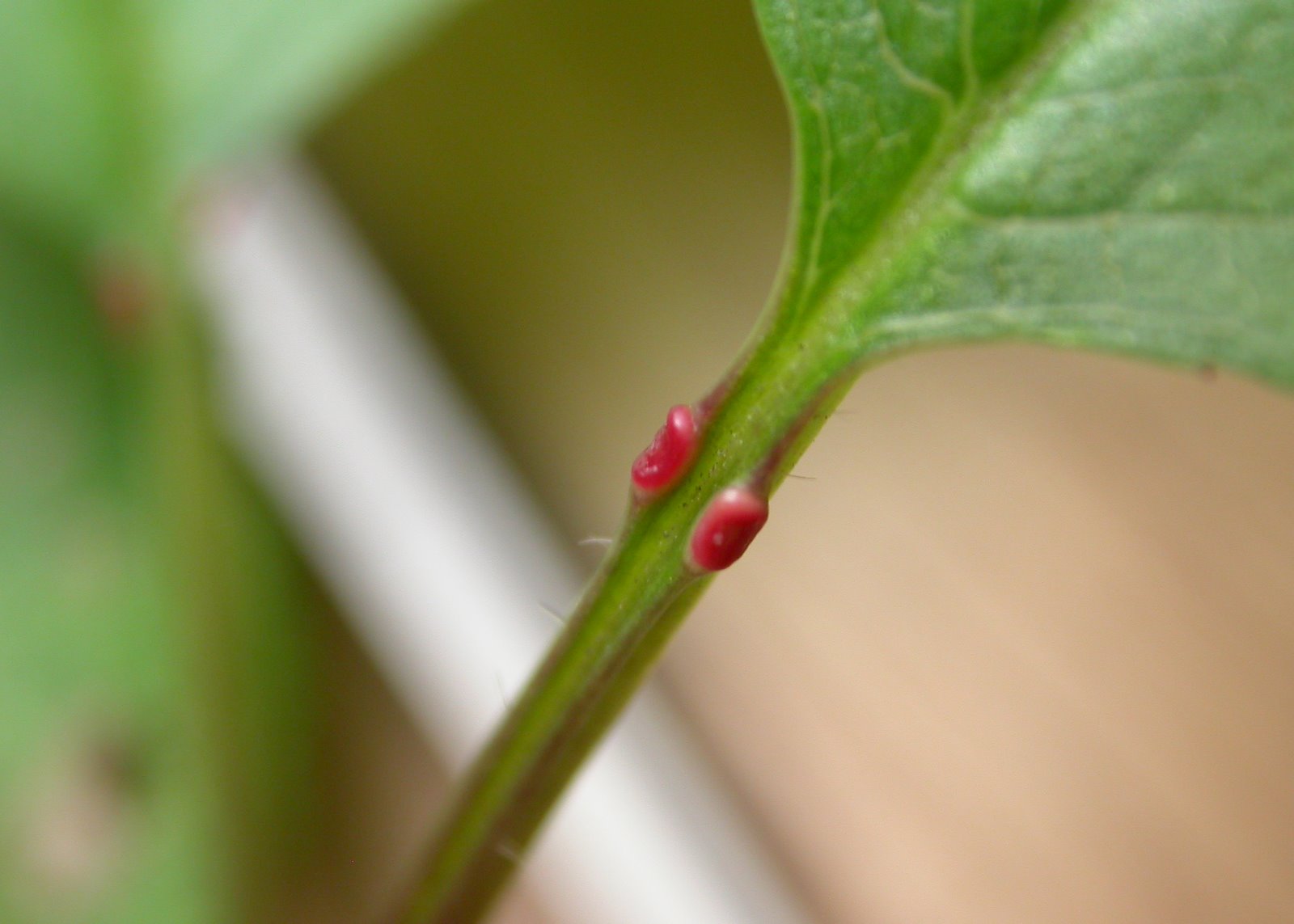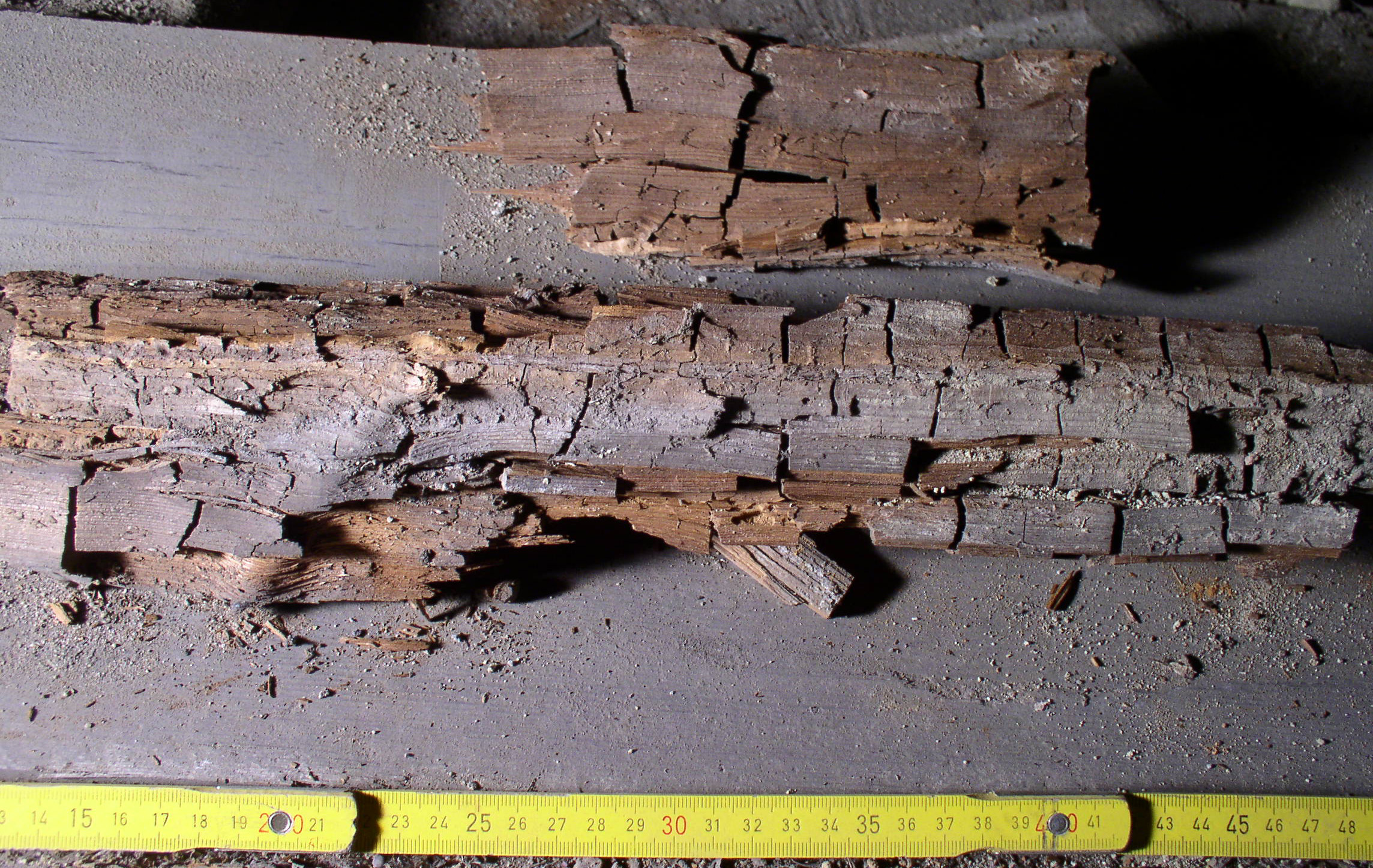|
Dihydrowogonin
Dihydrowogonin is a naturally occurring flavonoid belonging to the flavanone subclass. It is characterized by a flavan backbone with hydroxyl and methoxy functional groups, contributing to its biological activity. The compound has attracted interest due to its potential antioxidant, anti-inflammatory, and neuroprotective properties. Chemical characteristics Dihydrowogonin has been identified as a major constituent in the methanol extract of ''Prunus avium'' (wild cherry) bark. It has also been detected in other parts of the plant, such as leaves and stems. Biological activity and applications Studies have demonstrated that dihydrowogonin exhibits significant antimicrobial and antibiofilm activities, particularly against Gram-positive bacteria like ''Staphylococcus aureus''. Fractions enriched in dihydrowogonin showed a strong decrease in both planktonic growth and biofilm formation. Additionally, dihydrowogonin has been shown to interact with glutathione transferases in white ... [...More Info...] [...Related Items...] OR: [Wikipedia] [Google] [Baidu] |
Prunus Avium
''Prunus avium'', commonly called wild cherry, sweet cherry or gean is a species of Prunus subg. Cerasus, cherry, a flowering plant in the rose family, Rosaceae. It is native to Eurasia and naturalized elsewhere. It is an ancestor of ''Prunus cerasus, P. cerasus'' (sour cherry). All parts of the plant except for the ripe fruit are slightly toxic, containing cyanogenic glycosides. The species is often cultivated as an ornamental tree. Description ''Prunus avium'' is a deciduous tree growing to tall, with a trunk up to in diameter. Young trees show strong apical dominance with a straight trunk and symmetrical conical crown, becoming rounded to irregular on old trees. * The Bark (botany), bark is smooth reddish-brown with prominent horizontal grey-brown lenticels on young trees, becoming thick dark blackish-brown and fissured on old trees. * The leaves are alternate, simple ovoid-acute, long and broad, glabrous matt or sub-shiny green above, variably finely downy beneath, w ... [...More Info...] [...Related Items...] OR: [Wikipedia] [Google] [Baidu] |
Wogonin
Wogonin is an ''O''-methylated flavone, a flavonoid-like chemical compound which is found in ''Scutellaria baicalensis''. The glycosides of wogonin are known as wogonosides. For example, oroxindin is a wogonin glucuronide isolated from '' Oroxylum indicum''. It is one of the active ingredients of Sho-Saiko-To, a Japanese herbal supplement. Pharmacology Wogonin has been found in one study to have anxiolytic properties in mice at doses of 7.5 to 30 mg/kg, without exhibiting the sedative and muscle-relaxing properties of benzodiazepines. Preliminary ''in vitro'' studies have shown pharmacological effects that indicate wogonin may have anti-tumor properties. Wogonin has also been found to possess anticonvulsant effects. It acts as a positive allosteric modulator of the benzodiazepine site of the GABAA receptor with a binding affinity of Ki 0.92 μM and an IC50 value of 1.26 μM which is about 100 times less potent than diazepam Diazepam, sold under the br ... [...More Info...] [...Related Items...] OR: [Wikipedia] [Google] [Baidu] |
Flavonoid
Flavonoids (or bioflavonoids; from the Latin word ''flavus'', meaning yellow, their color in nature) are a class of polyphenolic secondary metabolites found in plants, and thus commonly consumed in the diets of humans. Chemically, flavonoids have the general structure of a 15-carbon skeleton, which consists of two phenyl rings (A and B) and a Heterocyclic compound, heterocyclic ring (C, the ring containing the embedded oxygen). This carbon structure can be abbreviated C6-C3-C6. According to the IUPAC nomenclature, they can be classified into: *flavonoids or bioflavonoids *isoflavonoids, derived from 3-phenylchromone, chromen-4-one (3-phenyl-1,4-benzopyran, benzopyrone) structure *neoflavonoids, derived from 4-phenylcoumarin (4-phenyl-1,2-benzopyran, benzopyrone) structure The three flavonoid classes above are all ketone-containing compounds and as such, anthoxanthins (flavones and flavonols). This class was the first to be termed bioflavonoids. The terms flavonoid and bioflavo ... [...More Info...] [...Related Items...] OR: [Wikipedia] [Google] [Baidu] |
White Rot Fungus
A wood-decay or xylophagous fungus is any species of fungus that digests moist wood, causing it to rot. Some species of wood-decay fungi attack dead wood, such as ''Serpula lacrymans'', and some, such as ''Armillaria'' (honey fungus), are parasitic and colonize living trees. Excessive moisture above the fibre saturation point in wood is required for fungal colonization and proliferation. In nature, this process causes the breakdown of complex molecules and leads to the return of nutrients to the soil. Wood-decay fungi consume wood in various ways; for example, some attack the carbohydrates in wood, and some others decay lignin. The rate of decay of wooden materials in various climates can be estimated by empirical models.Viitanen, T. et al. (2010). Towards modelling of decay risk of wooden materials. European Journal of Wood and Wood Products 68:303-313. Wood-decay fungi can be classified according to the type of decay that they cause. The best-known types are brown rot, soft r ... [...More Info...] [...Related Items...] OR: [Wikipedia] [Google] [Baidu] |
Wood Extracts
Wood is a structural tissue/material found as xylem in the Plant stem, stems and roots of trees and other woody plants. It is an organic materiala natural composite material, composite of cellulose, cellulosic fibers that are strong in tension and embedded in a :wikt:matrix, matrix of lignin that resists compression. Wood is sometimes defined as only the secondary xylem in the stems of trees, or more broadly to include the same type of tissue elsewhere, such as in the roots of trees or shrubs. In a living tree, it performs a mechanical-support function, enabling woody plants to grow large or to stand up by themselves. It also conveys water and nutrients among the leaf, leaves, other growing tissues, and the roots. Wood may also refer to other plant materials with comparable properties, and to material engineered from wood, woodchips, or fibers. Wood has been used for thousands of years for fuel, as a construction material, for making tools and weapons, furniture and paper. Mor ... [...More Info...] [...Related Items...] OR: [Wikipedia] [Google] [Baidu] |

